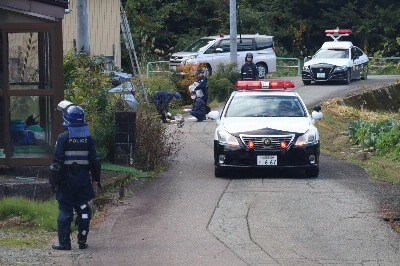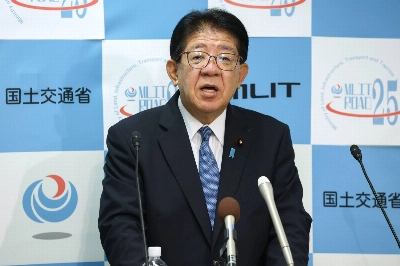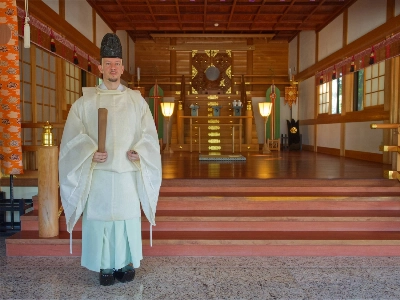The science ministry will create a global-monitoring system to check how much carbon dioxide is absorbed and emitted by the sea, government officials said Thursday.
The officials said the system, part of Japan's contribution to the international fight against global warming, will greatly improve understanding of how carbon dioxide is circulated. Seventy percent of the Earth is covered by sea.
The project envisages attaching more than 1,000 small carbon dioxide sensors to buoys around the world.
The Education, Culture, Sports, Science and Technology Ministry will seek a budget appropriation in fiscal 2005 to develop such a system, and will carry out an experiment in the sea around Japan, they said.
Global monitoring will begin five to six years later in areas where a large volume of carbon dioxide is absorbed and generated, such as the Northern Pacific and waters near the equator.
The Intergovernmental Panel on Climate Change, established by the World Meteorological Organization and the United Nations Environment Program, said humans generate 23.1 billion tons of carbon dioxide every year by such means as burning fossil fuels. Of the total, 6.2 billion tons are absorbed by the sea and 5.1 billion tons by forests and other terrestrial means.
But the accuracy of sea-based data needs to be improved because the existing method of analyzing seawater pumped up by vessels cannot cope with factors that affect the data, such as water temperature, the height of waves and the density of carbon dioxide in the atmosphere.
Japan unveiled the project at an international Earth observation summit recently in Tokyo.


















With your current subscription plan you can comment on stories. However, before writing your first comment, please create a display name in the Profile section of your subscriber account page.